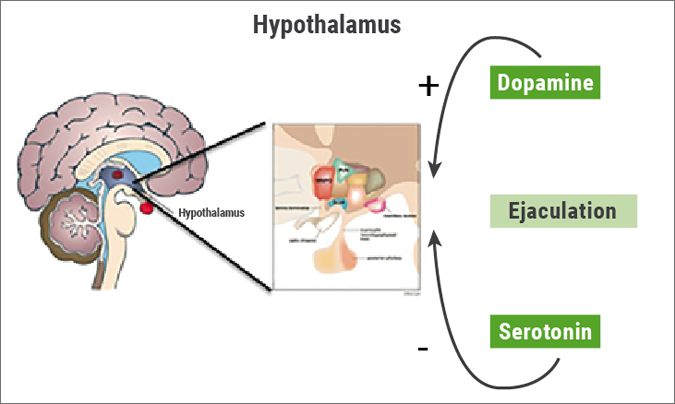"There is a ready opportunity for transplant centers in the U.S. to do more kidney transplants if they were to stop relying so heavily on kidney biopsies to determine the quality of kidneys," said Dr. Peter P. Reese of the University of Pennsylvania in Philadelphia, the study's first author.
"The experience of centers in France and Belgium - where they routinely accept kidneys from much older donors than we do in the U.S. - shows that kidney biopsies add little or no value in determining if a kidney is good enough for transplant," he told Reuters Health by email.
Almost half of kidneys from deceased donors in the U.S. are biopsied before allocation, Dr. Reese noted, and up to half may be rejected due to biopsy findings.
Centers in Europe may biopsy donated organs after accepting them, but do not use histology results to make organ-allocation decisions, Dr. Reese and his team note the Journal of the American Society of Nephrology.
To investigate whether biopsy results would add value to routinely gathered donor characteristics, the researchers looked at 1,629 patients who received kidney transplants from deceased donors at two French hospitals in 2004-2014. Patients were followed for a median of 6.8 years.
They established a kidney-donor risk index (KDRI) based on donor age, height, weight, history of hypertension, history of diabetes, cause of death, serum creatinine level, hepatitis C virus (HCV) serostatus and donation after circulatory death status.
KDRI and Day-0 circulating donor-specific anti-HLA antibodies were both independently associated with graft loss, with hazard ratios of 2.6 and 1.9, respectively. Interstitial fibrosis and tubular atrophy (IFTA) was the only histology factor independently associated with allograft loss (HR, 1.5).
Their multivariate model for predicting graft loss had a C-index of 0.635. Adding histology results to the model resulted in a C-index of 0.646.
The authors validated the model in a cohort of 1,107 patients who underwent deceased donor transplant in 2004-2013 in Belgium. Only KDRI was independently associated with graft loss (HR, 3.2), and the model's C-index was 0.610 without histology and 0.617 with histology.
Dr. Reese and his team also looked at 1,103 donor kidneys discarded by U.S. centers due to histology over a two-year period, matching 493 (45%) to kidneys transplanted in France. Allograft survival for the matched French kidneys was 93.1% at one year, 80.7% at five years and 68.9% at 10 years.
"The decision to biopsy a deceased donor kidney is not standardized and that is part of the problem," Dr. Reese said. "A transplant center might require the biopsy as a condition of accepting the kidney for one of their patients. That center might be relying on a tired, on-call doctor to make that judgment."
He added: "On the other hand, some organ-procurement organizations might require a biopsy of all kidneys from certain donors that are old, or have diabetes, etc. In the end, nearly half of U.S. kidneys are biopsied. All these biopsies add to cost, hassle and increase the probability that a kidney will be thrown away because of the biopsy results. Unfortunately, these biopsies often provide low-quality information."
Dr. Reese said the "next step is to move from research to advocacy. We are planning to share this information widely with transplant centers and policy makers and push them to reduce the use of biopsies of donated kidneys. Given pressure from the White House to expand kidney transplantation, and pressure on organ procurement organizations to be more efficient, we think this message will be timely."
"Very long waiting times for kidney transplantation are best viewed as a public-health crisis. Patients over 60 years of age added to the waiting list are more likely to die than get a transplant," he said. "For those patients who are determined to get off dialysis, we should be offering them kidneys from donors who 'look like them' - older donors, donors with comorbidities. We need to stop doing unnecessary kidney biopsies. We have to make the most of these precious gifts of donated organs. Other nations have taken a different approach to growing transplantation and we can learn from them."
SOURCE: https://bit.ly/3mklFkM Journal of the American Society of Nephrology, online December 15, 2020.
By Anne Harding
Posted on
Previous Article
« Invasive tests prompted by cancer screening show high real-world complication rate Next Article
Gene expression different in allergic, irritant contact dermatitis »
« Invasive tests prompted by cancer screening show high real-world complication rate Next Article
Gene expression different in allergic, irritant contact dermatitis »
Related Articles
May 21, 2019
Radioguided surgery is the future?

May 21, 2019
Male infertility/Premature ejaculation
© 2024 Medicom Medical Publishers. All rights reserved. Terms and Conditions | Privacy Policy
HEAD OFFICE
Laarderhoogtweg 25
1101 EB Amsterdam
The Netherlands
T: +31 85 4012 560
E: publishers@medicom-publishers.com

